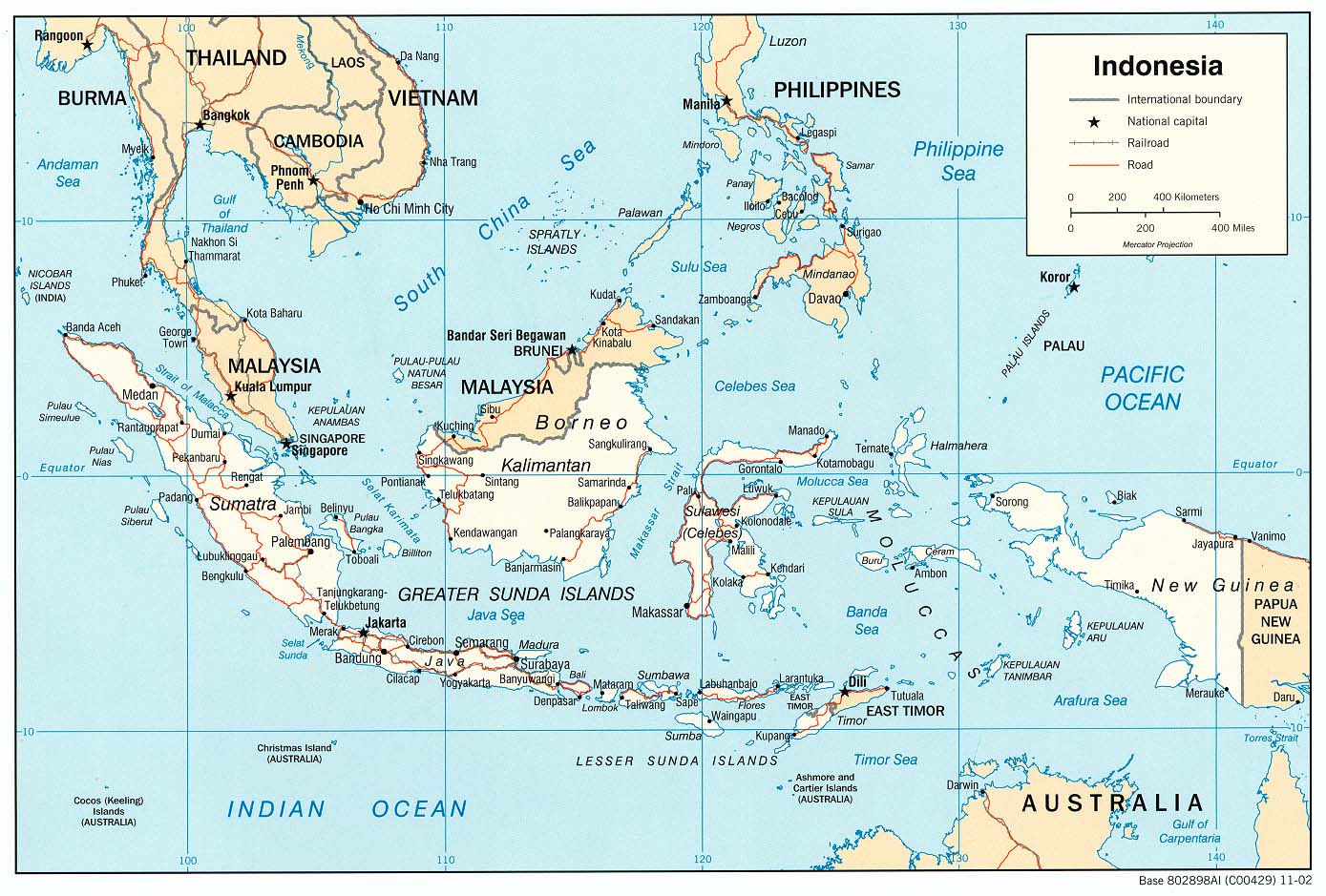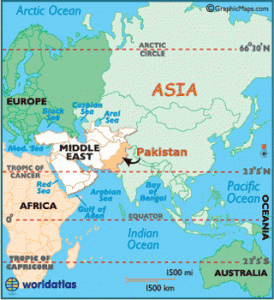Indonesia was the very first country I lived in after leaving India. But since then I have lived in several other countries. But the most recent country (aside from the United States) that I’ve lived in was Vietnam. Vietnam is a very special country for me not just because I graduated high school from there, but also because in many ways it is the best place I’ve ever lived (in my eyes). I consider myself to be a bit of an urban rat, with a love of cities and their ability to allow a person to be either insanely social or completely reclusive. Considering that I lived in Hanoi – the second largest city as well as the capital of Vietnam – I think I was exposed to a very specific portion of Vietnam. One of the things that truly struck me there was the nature of the people. Despite the fact that Vietnam is (on-paper) a single-party state (bringing about images of military marches and total 1984-esque surveillance), I think Vietnam was in some way the most ‘free’ country that I’ve ever lived in. This isn’t only because of low prices for typically expensive products in street markets, but also because the ‘healthy disconnect’ between their government and their people – while the government may be very concerned with law enforcement and corporate corruption, they are mostly unconcerned by the media the people use, and don’t work too hard on censorship. For a country ravaged by war less than 50 years ago and is only remembered in that context, Vietnam has pulled itself together in possibly the best way possible.
But unlike the old saying, seeing isn’t believing. I lived a very specific lifestyle in a very specific section of a very specific city in Vietnam, so to say that I was able to see the true realities of what Vietnam actually is like. So for possibly my final passion blog in CAS 137-138, I will analyze Vietnam in terms of:
- Economic growth
- Health and life expectancy
- Education and literacy
- Environment
- Freedom of speech
- Inequality (culturally and also in terms of income)
Economic Growth
Over the last 30 years, Vietnam has experienced some of the highest growth rates in the world – averaging at a GDP growth rate of around 6.4% per year during the 2000s. This is a crazily high growth rate, so it is a surprise that Vietnam has not qualified as an ‘Asian Tiger’. With a high GDP growth rate, this country also has a high GDP per capita, with a strong and entrepreneurial spirit among its working and middle-class when it comes to starting businesses and more. Its inflation rate remains relatively stable, meaning that GDP growth is not compromised by a currency becoming more and more obsolete or worthless. Just because a single dollar equates to 20,000 dong (yes, that’s the actual name of the currency) should not make anyone underestimate the potential and strengths of the Vietnamese economy. In many ways, Vietnam is the second most important ‘production economy’ in the world right now (right behind China), and a literal powerhouse in economic terms. (Sources 1, 2, 3)
Health and Life Expectancy
But what effects have economic growth had on health? Despite increasing pollution and more, Vietnamese life expectancy continues to increase – as of 2012, it was at almost 76 years. One interesting factoid about this is that despite all the death and destruction during the Vietnam war, life expectancy in Vietnam continued to increase, as somehow things were still getting better (this in no way justifies war, but does tell us something about these peoples’ resilience). The country’s under-5 mortality rate also continues to decrease, and open defecation has become less of a concern over the last few years. All in all, the health of the common Vietnamese person is not that much of a concern. However, the lingering effects of war cannot be ignored. In many remote parts of Vietnam – primarily in farming land – the long-term effects of Agent Orange and Napalm usage on agricultural land has severely effected the local population. This is seen in the form of genetic defects, mental illnesses, and physical disabilities. These effects cannot be denied, and since then there have been many calls to pay reparations to Vietnam for all these problems – but as of now no such demands have been met. (Sources 1, 2, 3, 4)
Education and Literacy
Vietnam is a real rule-breaker in education and literacy. One of the primary ways a country’s efficacy and potential academic excellence is determined is by seeing the average PISA test results of that country. Typically, it has been a very well-accepted fact that countries with higher GDPs per capita tend to have higher PISA scores. But unlike most countries, Vietnam breaks this rule. Despite having a relatively low GDP per capita (compared to the OECD and its member countries) its students have an average PISA scores comparable to much wealthier nations. In fact, this disparity so great that in order to prove that GDP per capita is linked to higher PISA scores, Vietnam is one of the two countries whose data must be omitted in order to prove this relationship sufficiently. This phenomenon has been linked to an impressively difficult education system, prevalence of internet access in the majority of the country (despite a lack of computers in classrooms), prevalence of smartphone usage (this supplements the internet access provided in classes and more), as well as the government’s commitment to improving Vietnamese public education. Even among the wealthiest spheres of the population, education – that too high quality education – is seen as a necessity, not a bonus or optional feature to one’s life. All of these things combined make Vietnam’s people among the most mentally strong and intelligent populaces in the world. (Sources 1, 2, 3)
Environment
Vietnam has one of the most diverse ecosystems in the world. The majority of the country is considered to exist in the tropical zone, with much of its forests still having unknown corners, such as the world’s largest cave system (discovered 1-2 years ago by a farmer). Despite the incredible diversity of nature in this country, economic growth has compromised environment protection agencies in the country through corruption and corporate interests supported by corrupt government officials. Urbanization, industrialization, and intensive farming have led to air pollution, water pollution, and noise pollution, waste treatment, particularly in urban and industrial centers like Ho Chi Minh City and Hanoi. Land use pressures have led to significant environmental problems, including severe deforestation, soil erosion, sedimentation of rivers, flooding in the deltas, declining fish yields, and pollution of the coastal and marine environment. While conservation agencies are growing in popularity through their cooperation with local groups residing in many of these damaged locations, there is still much work to do. (Sources 1, 2)
Freedom of Speech
While on paper Vietnam has some of the worst records in promoting freedom of speech, the government happens to lack the capability to enforce stricter controls over what people say. The people of Vietnam do not feel that they have the capability to influence government decisions due to greater inequity of power between the governing and governed bodies, but as of now a large number of policies made by the Vietnamese government does have beneficial effects on the lives of the common man, such as its commitment to education. Unlike China, a country whose free-speech policies are often compared to, Vietnam does not have a ‘great firewall’, and does not do too much to restrict communications between countries. But this is not because of a benevolent government, but because of a government that knows it is incapable of censoring absolutely everything. Demonstrations are illegal without government authorization, and cannot be anti-government. They can be pro-government, or calling upon the government to recognize a concern citizens are facing, but direct criticism of the government is ‘greatly discouraged’. In rural areas, due to some district managers and their excessive commitment to industrialization, farmers often have their land seized without adequate compensation. Organizations such as the UN and Amnesty International are both working to make sure this can be countered effectively, but this has had limited benefits so far. (Sources 1, 2, 3)
Inequality
Social inequalities have grown during Vietnam’s transition to a market-based economy, even as average incomes have increased and the number of people living in poverty has decreased. As industrialization and a transition to a more laissez-faire market has become a trend in this country, more of the country’s income has shifted towards its wealthiest citizens. That being said, the World Bank does say that Vietnam’s increase in income inequality is modest compared to its larger neighbor, China. As well as that, the World Bank measures something called “shared prosperity” using the growth rate of the average income of the poorest 40 percent of the population. In Vietnam between the mid-nineties and early 2010s, the average income of the bottom 40% grew at an annual rate of 9%. This is one the very highest rates of growth in the world of the incomes of the bottom 40 percent. While income inequality is not a huge concern just yet, this is still something the government and society must remain concerned about. On the bright side, gender inequality has mostly been eradicated, leading to a more prosperous country. (Sources 1, 2, 3)
Conclusion
In conclusion, Vietnam is definitely a strong and up-and-coming economic power. With a high economic growth rate, relatively low rates of inequality, and a well-educated populace, it is destined to grow and thrive even in these increasingly uncertain times. Its problems of environmental destruction and healthcare (both of which have been effected by war) are problems that still have not been sufficiently addressed, and the country’s commitment (or lack thereof) to the people’s consideration could cause more of a divide between citizen and state in the long run, and create many problems, many of which cannot be forecasted properly. All in all, this is a country with many flaws and a ways to go in many different directions, but undoubtedly has what it takes to solve its problems.
So that was probably my last passion blog. I’ll miss this experience greatly, as it has given me a way for me to indulge in my other interests outside of my major to a much larger degree than I’d hoped, and this will likely shape my career-related interests in the far future.



